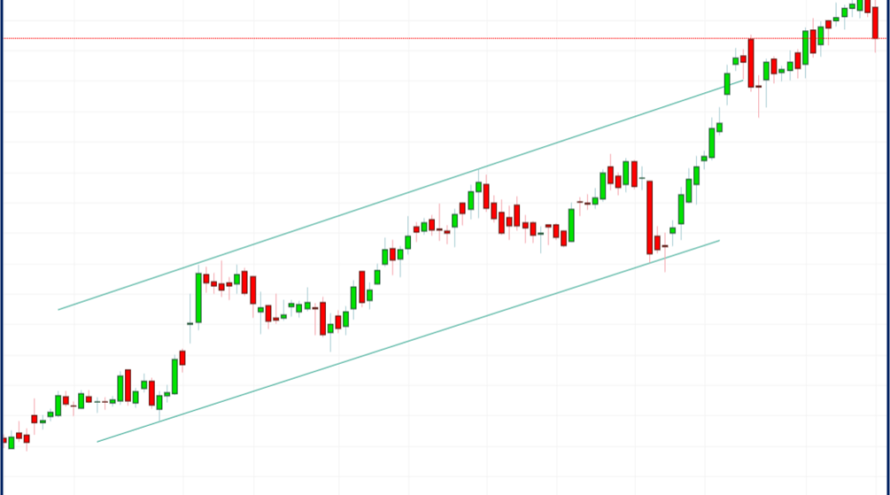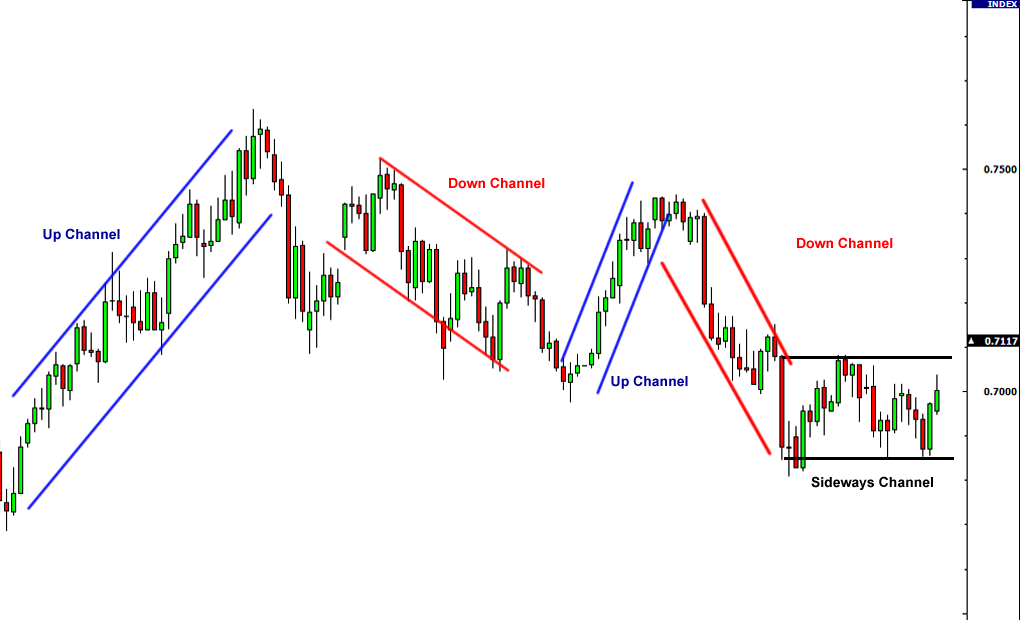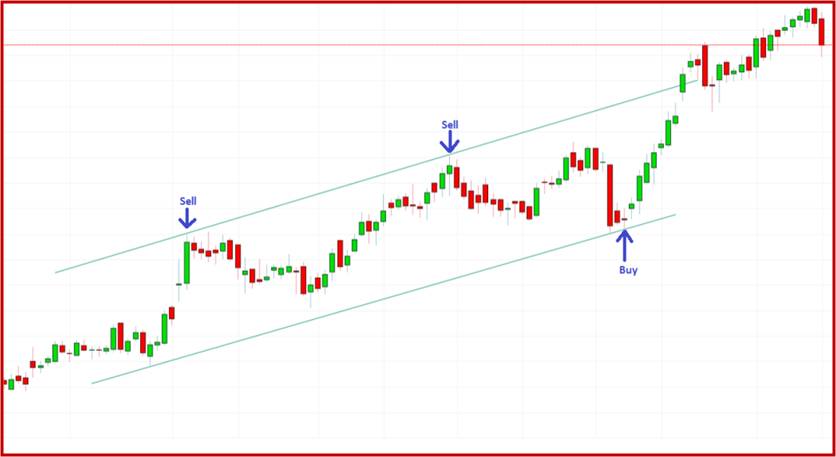What is a Channel?
- Channel is defined as an area between the two parallel trend lines. It often describes the trading range of a particular stock.
- The upper trend line connects the swing highsin the price, while as the lower trend line connects the swing lows.
- Channel is often overlooked to study by the trades and investors but, it’s very powerful form of trading/investing for optimizing your profits.
- Channel trading combines several forms of technical trading.
If the price breaks out of the channel to the upside, that indicates a further rally in the price. If the price breaks below the bottom of the channel, it indicates that more selling could be on the way altering trader for next action. The chart above shows a channel and breakout in the stock of Titan Company Ltd.




